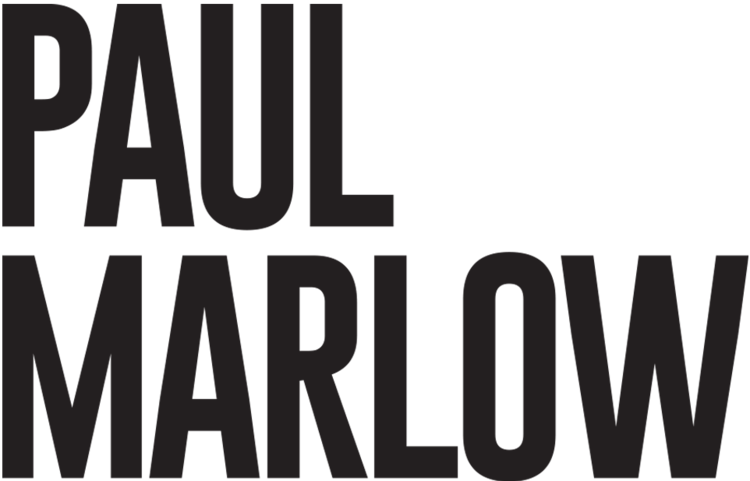Geometric Abstraction is a different visual language, and departure from my realist work.
Art is all about communication, and I believe that painting in a different style is akin to communicating in a different language. My past work has often been representational—Realism is my first language. Painting in an abstract style has always been much more difficult for me. However, just as you can learn to speak a different language, why not learn to paint in a different style? Why not be a bi-lingual painter? Or multi-lingual?
In my desire to be a ‘multi-lingual’ painter, Abstract II (Infinity Vortex) is a departure from my realist work. My intention was to combine line, form and color to create a sense of dynamic motion and powerful expression.
The subtitle of this work is Infinity Vortex.
I’ve always been intrigued by the infinity symbol. One might suggest that the symbol for infinity is simply the numeral “8” on its side, and there is truth to that. It’s the shape of the symbol itself that I find so elegant. It represents the concept of endlessness and limitless possibilities. It describes something without boundries and is larger than any number.
Hilma af Klint, Svanen, No. 17, 1915. Oil on Canvas.
I was inspired by one of the first true abstract painters in history—an artist relatively few have ever heard of—a woman by the name of Hilma af Klint.
I saw the incredible abstract work of the Swedish artist Hilma af Klint at the Guggenheim in New York in 2019. Hilma af Klint was one of the world’s first modernist abstract painters—even before the great Russian artist Wassily Kandinsky. Yet very few people ever saw her work when she was alive. She believed the world was not ready for her style of abstract art.
Hilma af Klint’s abstract work gravitated towards the symetrically balanced, calm and serene.
Hilma af Klint, New York, Guggenheim Exhibition, 2019. Hilma af Klint: Paintings for the Future.
I would describe my abstract work as controlled chaos. I like the idea of controlled chaos, which seems like a metaphor of life for so many people at this moment in time. I started this series in January 2021, as the Covid-19 pandemic raged on worldwide.
Other than the infinity symbol, I consciously worked to avoid the creation of recognizable images in this work. To me, this is very difficult to do. As far as I’m concerned, ALL painting is abstract art. As human beings, we try to find recognizable images in abstract works of art—it’s just what humans do and we are hard-wired to do that. However, there may be symbols hiding just under the surface. I hold the viewer’s imagination in high regard, and I encourage whatever meanings and associations they may bring to this work.
I started with a completely black canvas, and created an infinity loop shape. I rotated the symbol as a personal preference. And I used just 3 colors—cadmium red, yellow ochre and ultramarine blue, including black and white—and combinations of those colors. The essence of drama is conflict, and I used these colors and conflicting hard edges to define and create drama.
Abstract III (Infinity, Dual of the Fates) Unfinished, 2021. Acrylic on Canvas. 24 in. x 36 in.
Abstract III (Infinity, Dual of the Fates) is a continuation of the infinity symbol theme. I’m allowing my design sensibilities to guide me. Compositionally, I am not looking for symmetry, but balance. I also wanted to create a subtle background texture, and the grey-on-black is intriguing to me. It creates a certain tension and depth.
Though this work is more simplified than Abstract II, it is not my intention to make it any less challenging. I like art that forces me to look deeper, so I strive to create similar art.
On the Easel: A rough outline of Abstract I.
In Abstract I, my first in the series, I decided to simplify line, form and color to create an image that could be interpreted by the viewer as anything they wanted. When I began this work in January 2021, I wrote, “It’s an exciting exercise, and I’m still working on learning the language.”
I’m still trying to use principles of good design: composition, line, form and color.
Abstract I. 2021. Acrylic on canvas. 30 in. x 40 in.
Georges Seurat once said "Art is Harmony. Harmony is the analogy of the contrary and of similar elements of tone, of colour and of line.” In the desire to make this a successful, aesthetically pleasing painting, the same rules of composition, color and balance still apply. With Abstract I, II and III, I chose acrylics over oils, which forced me to work quickly and kept the energy flowing. With this first foray into a different artistic language, I may not be speaking in complete sentences just yet. My grammar may be atrocious. But something interesting is happening. The dialog is moving forward. And my quest to be a multi-lingual painter goes on.
Abstract IV. Infinity, Earth Cycle (Unfinished)
2022
Acrylic on canvas
24 in. x 36 in.







